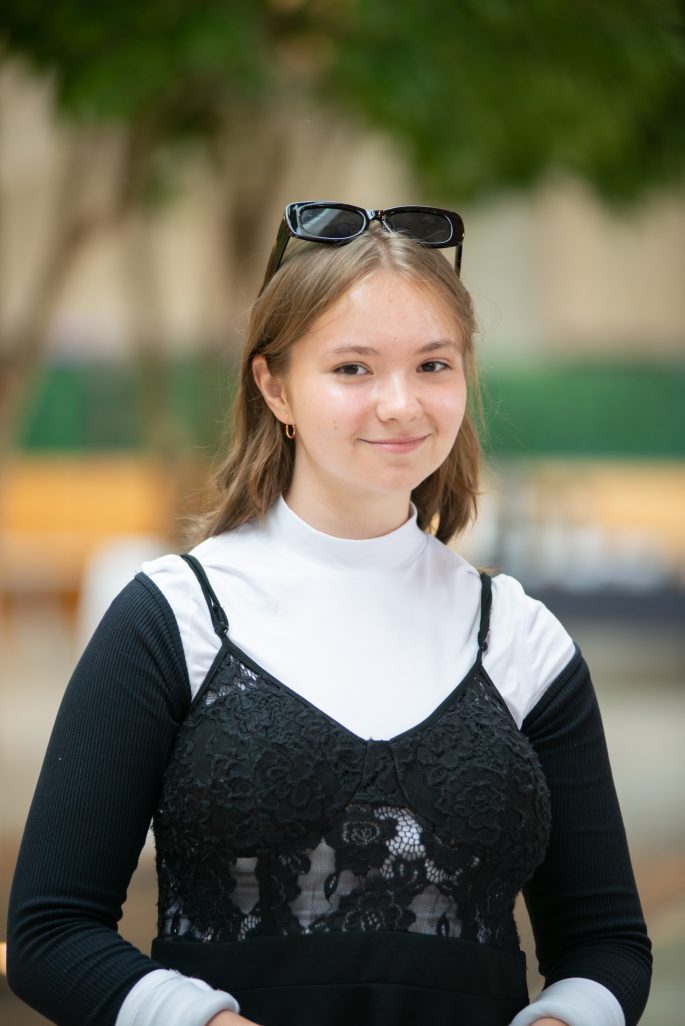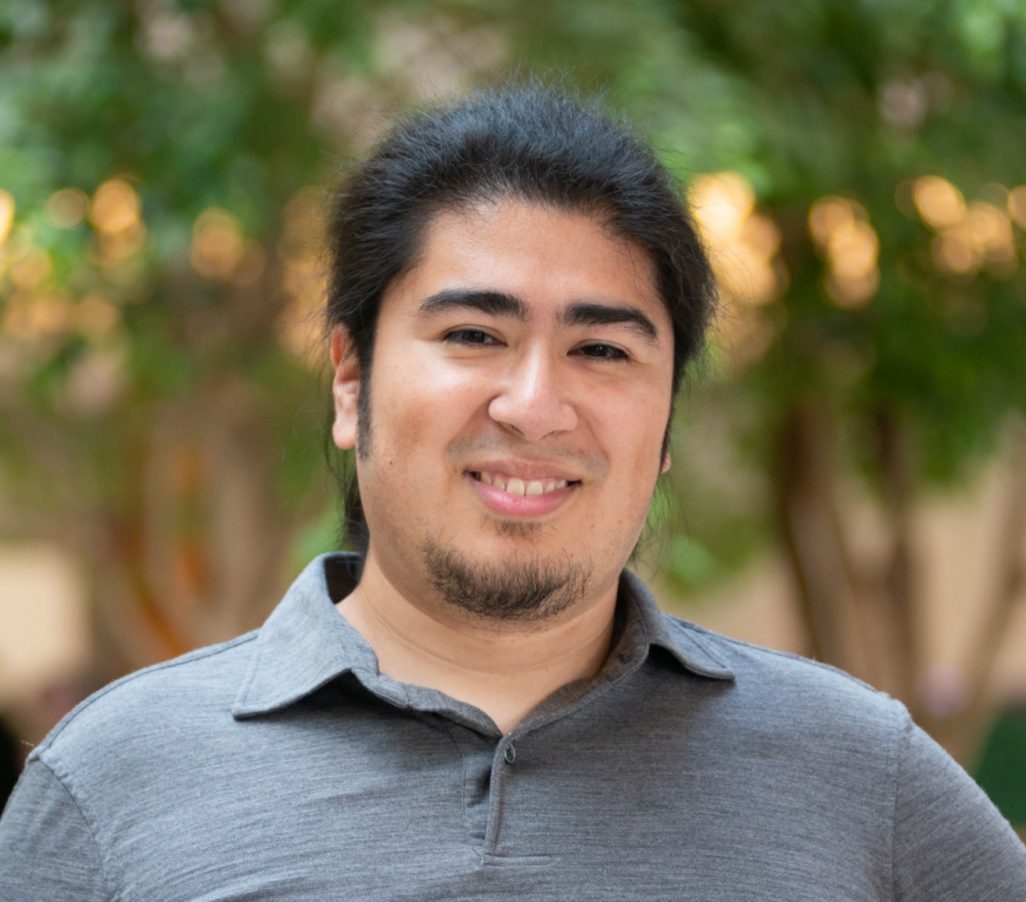STORM REU program provides research opportunities for undergraduate students

The Student Training in Oceanography Remote Sensing and Meteorology (STORM) program at the University of Wisconsin-Madison Department of Atmospheric and Oceanic Sciences is a ten week summer program for ten select undergraduate students from universities across the United States and Puerto Rico.
Assistant Professor Dr. Hannah Zanowski at the AOS Department began STORM as a pilot program in 2022 with five students. After its initial success the program has expanded and is now an official Research Experience for Undergraduates site. Through this national program, visiting students receive faculty mentorship and participate in professional development while conducting research in the fields of remote sensing, atmospheric dynamics, paleoceanography and climate change.
MONIKA VON CYGA
Why study atmospheric science?

“Because of the love I’ve always had for the natural world, and the sky in particular. The more I’ve been taking the time to talk to the people found at AOS here, the more I’ve just been fascinated with atmospheric science and their research. Knowing that the things I may research in the future could have a big impact on people too? I think I want to be a part of that – and that’s why I’m choosing to study it.”
Monika Von Cyga decided to pursue the atmospheric sciences after witnessing firsthand the effects of poor air quality. In June 2023, air pollutants from wildfires in Canada turned the sky in New York City orange and Von Cyga, who is from Queens says, “I realized then how the atmosphere has an impact on us. I truly felt inclined to look into this phenomenon more.”
She studies applied math and computer science at the City University of New York Queens College. Her STORM project focuses on satellite remote sensing and clouds; she is using the Pathfinder Atmospheres Extended (PATMOS-x) dataset, which contains multi-decadal climate studies, to evaluate how the Great Lakes region has changed over time.
Through STORM, Von Cyga says, “I am learning more about satellite meteorology, and it is something that I’m honestly interested in pursuing in a research capacity or graduate school. I hope that this can be a jumpstart for doing meaningful research.”
GABRIEL GARCIA
Why study atmospheric science?

“My desire to better understand the changing nature of the sky is what drives me forward.”
Gabriel Garcia is double majoring in physics and philosophy at Central Connecticut State University. He credits his interests to reading Brian Greene’s Elegant Universe and Burrough’s A Guide to Weather as a kid, “Now I want to dig deeper. It’s the same wonder about the universe from when I was a kid that brought me to liking the idea of the sky and what’s beyond it.”
Garcia says that two subfields that draw him in are extreme weather and aeronomy, “There is a lot of work to be done in modeling, predictions and communications, and since we only expect the frequency of extreme weather to increase in the future, this work will become more and more necessary.”
At STORM, Garcia is studying air quality science under TEMPO (Tropospheric Emissions: Monitoring of Pollution), a satellite instrument that measures air pollution in the Northern Hemisphere. His research specifically focuses on ozone exceedance in the northeast. Garcia says “STORM has been absolutely crucial to figuring out what I want to do.”
This work is supported by the National Science Foundation.
